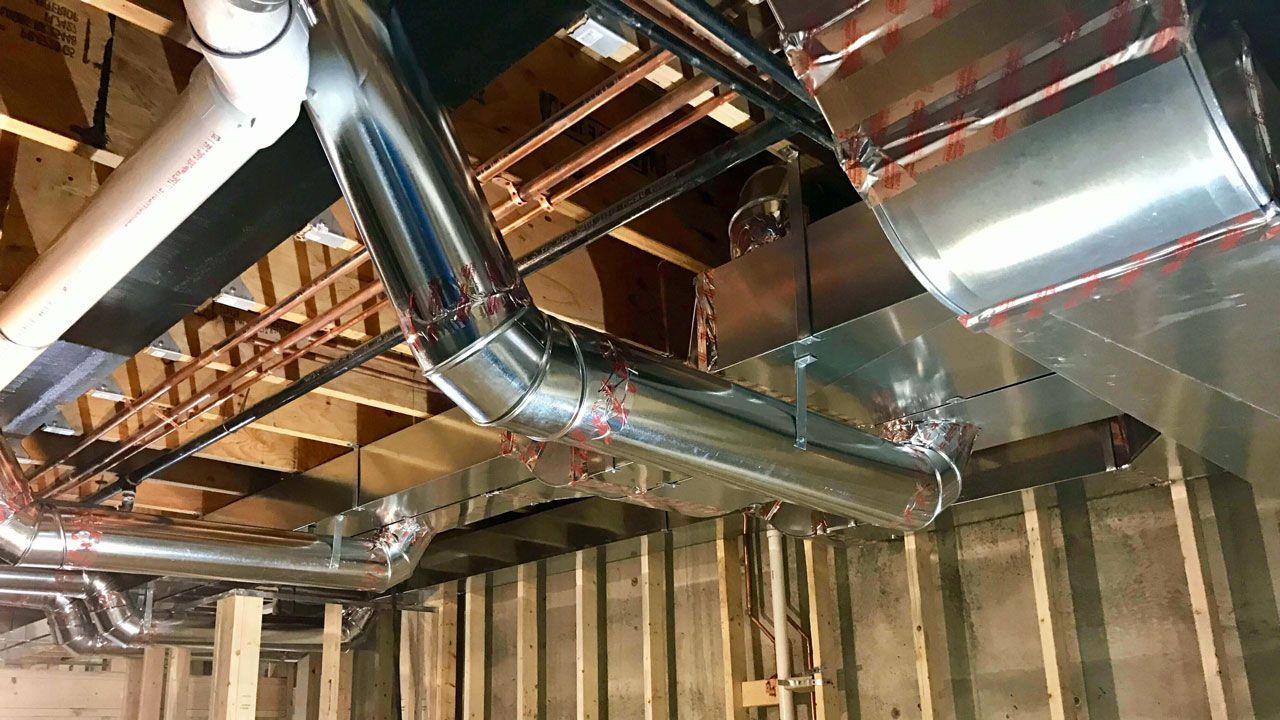
HVAC Duct Takeoffs are an essential part of the HVAC system. They work as a track for the hot and cold air to travel around the building.
In a construction project, you just don’t have to build a building or a house but you also have to create a pleasant atmosphere inside the building that can make it liveable. This is where HVAC plays the main role. As you can tell by the name of HVAC (heating, ventilation, air conditioning) it serves the purpose of maintaining temperature and a good required atmosphere of a building. Without a proper airflow system, it could be a hard task to maintain. This is where duct takeoffs are helpful. There is a main duct that carries air from the HVAC unit and transports it to its branches called takeoffs as you know. The Takeoffs then transport it to the entire building.
These takeoffs ensure the efficiency and longevity of the HVAC system as they help with less energy consumption. Moreover, planned and correctly installed takeoffs also play a role in reducing noise levels and adjusting the system to different building designs, which is essential for ensuring efficient and well-balanced HVAC performance. In our suggestion, we think duct acquiring duct takeoff services can also be of great benefit. They can provide you with design and planning, maintenance, customization, installation, and inspection.
There are several types of duct takeoffs. This article will shed light on those so that you can have a better understanding of how different types of duct takeoffs work and what their key functions are. So continue reading ahead to gain full knowledge.
Informative list of types of HVAC Duct Takeoffs
1. Straight takeoff
This is the simplest form of takeoff used when there is much space. This allows direct connection of the main duct with the takeoff duct at a 90-degree angle. As this is a pretty straightforward design it is only used when the airflow will not be affected by the direct connection.
Despite its popularity due to the simplicity of the design, it still has downfalls, such as lowering the rate of efficiency due to turbulence. But still, its simple design can help to cut the HVAC installation Cost.
2. Circular Takeoff
You can tell by its name this type of Takeoff is used when there is a circular main duct that connects with a round branch duct. This kind of design makes this duct a considerable part of HVAC duct takeoff services due to its efficiency and ability to maintain a smooth airflow.
3. Rectangular Takeoff
Another one of the popular HVAC Duct Takeoffs is a rectangular takeoff. It is often used in commercial buildings with constriction of space in the ceilings. It connects the rectangular main duct to the rectangular branch duct. Due to its rectangular design, it can help in the smooth and efficient transportation of air throughout the air duct system. It is best used for places that have tight ceilings and walls as its ducts can accommodate the narrow space very easily.
4. Staggered Takeoff
This departure involves a connection where the side duct is positioned off from the main duct’s direct path. Then, connecting the side duct is positioned at an angle or offset, aiding in a smoother transition. This design proves beneficial, in reducing noise and turbulence within the airflow. By avoiding an alignment it helps minimize disruptions and potential inefficiencies that may arise with a straightforward connection. The staggered departure is particularly suitable for situations where ensuring operation and smooth airflow is crucial, making it a practical choice to enhance overall system performance.
5. Conical Takeoff
Commonly known as a takeoff, this element includes a cone-shaped connection between the duct and the side duct. The gentle incline of the structure is effective in reducing turbulence and interruptions in airflow. Ensuring a gradual transition between duct sizes or configurations improves overall airflow performance and lessens the likelihood of pressure variations. Such an approach is especially beneficial in setups where maintaining airflow and reducing noise levels are key priorities. It is designed to provide a perfect and efficient connection, improve the performance of your HVAC system, and contribute to a quieter and more comfortable environment.
Conclusion
To sum it all up, it is best to say that to have an efficient and smooth-running HVAC system, you must consider HVAC Duct Takeoffs an important factor. The different designs and properties that help them adapt to the conditions and sizes of the places they are installed in can be of huge benefit. To maintain a proper and pleasant atmosphere in a building or a house that you are constructing, consider it a must to look forward to such HVAC Duct takeoffs.